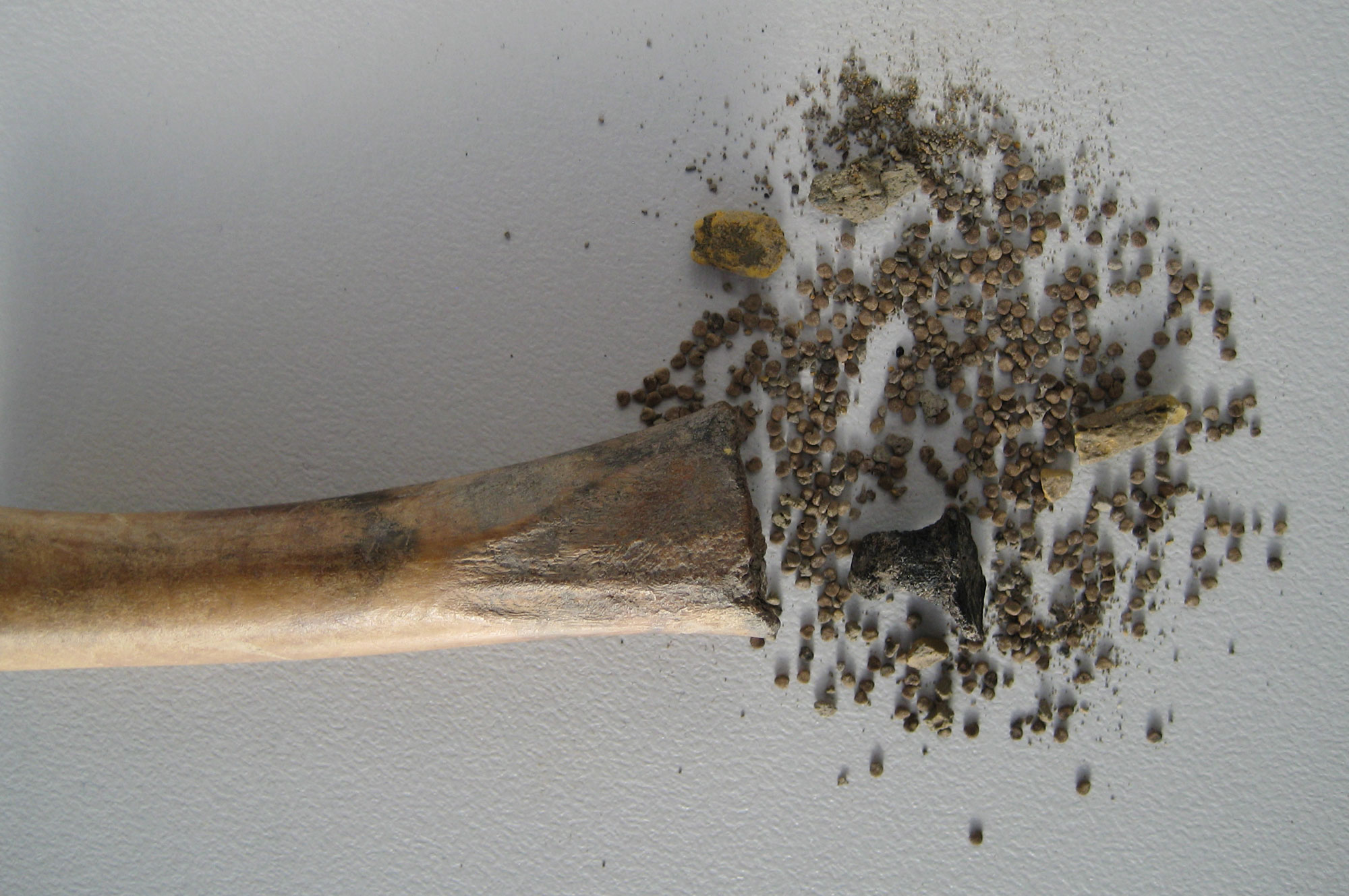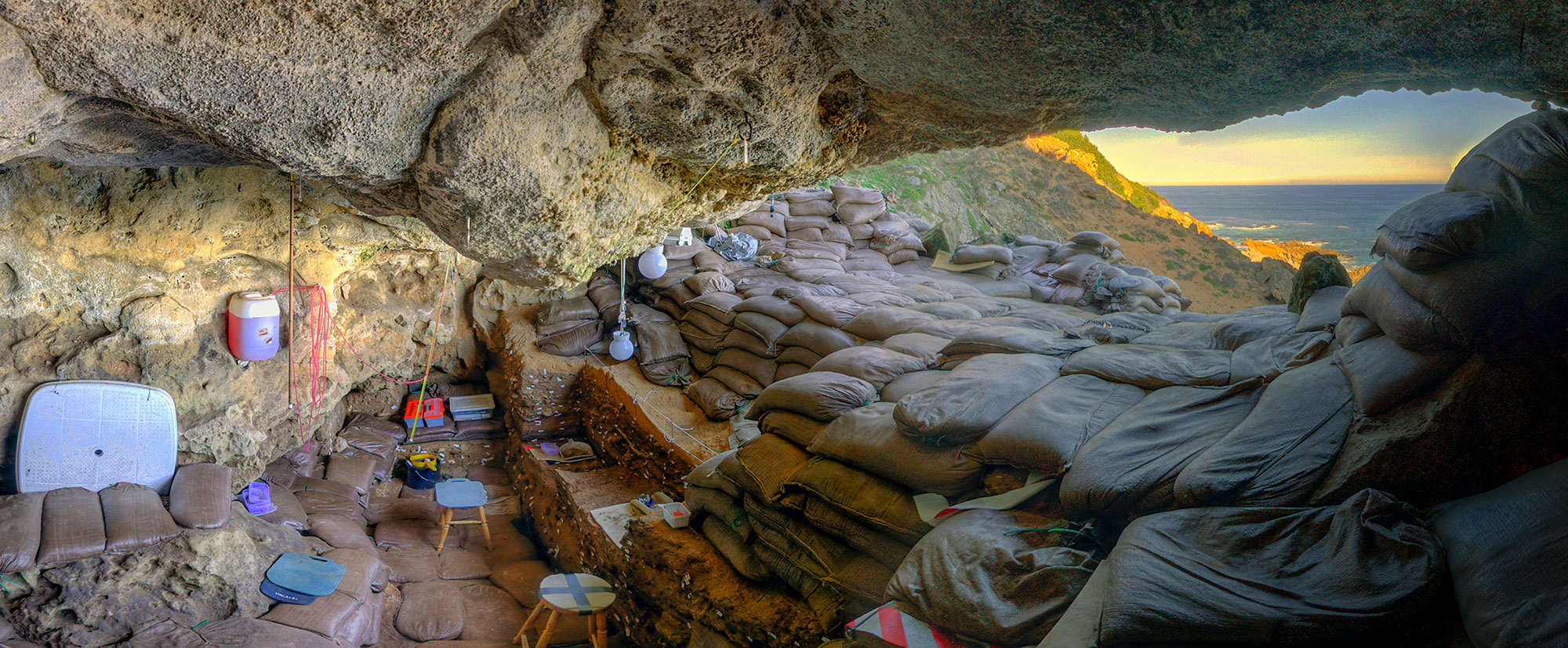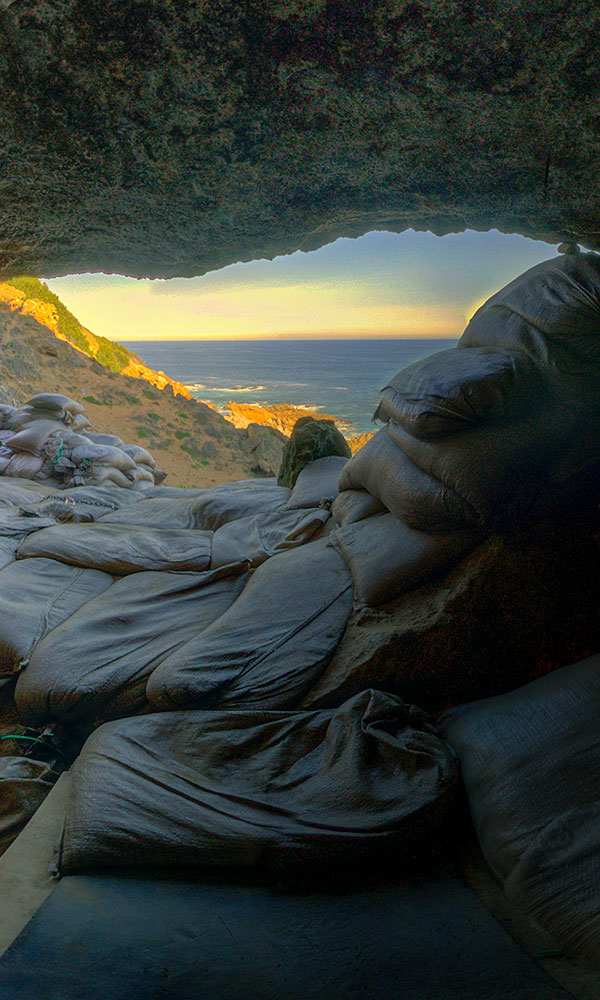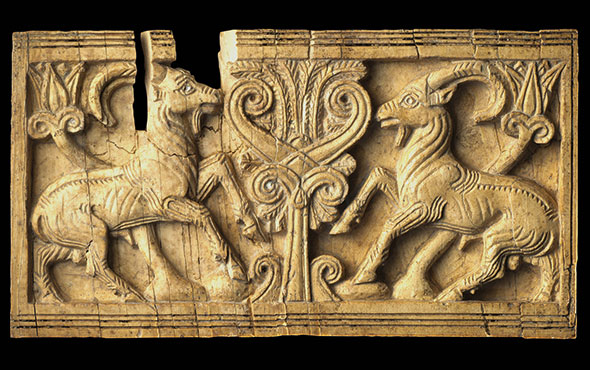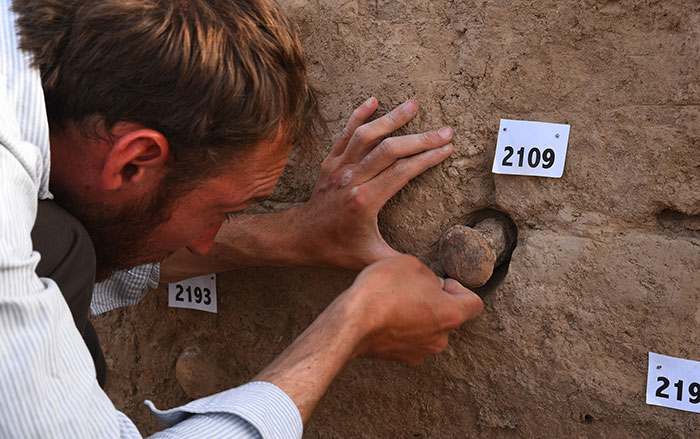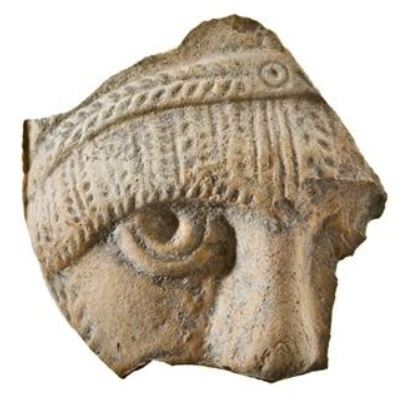
VARNA, BULGARIA—The Sofia Globe reports that a piece of a terracotta sculpture dating to the sixth century A.D. has been unearthed at an early Christian monastery site near the Black Sea. The figure is thought to have been part of a mask or bust portraying a Roman emperor, according to Vassil Tenekedzhiev of the Varna Museum of Archaeology. Tenekedzhiev said researchers may attempt to reconstruct the entire face. Foundations of columns, parts of an archway, and fragments of water supply pipes were also uncovered at the site. To read about the discovery of a bronze index finger thought to belong to a sculpture of the Roman emperor Constantine, go to “Hand Picked.”





